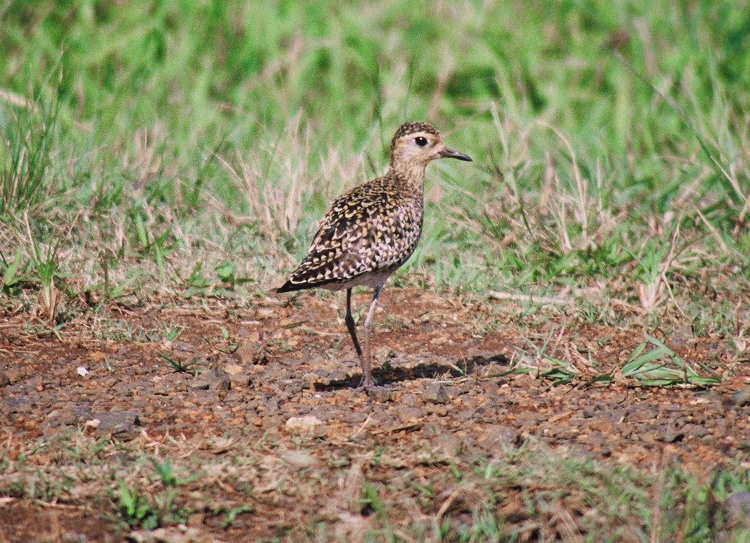Life on Earth has been punctuated by a number of catastrophic mass extinctions throughout history. During these events, diverse taxonomic groups collapsed from the relatively rapid and widespread extinction of large numbers of species. Precipitated by a massive asteroid impact on Earth that occurred more than 65 million years ago, the end-Cretaceous mass extinction led to the obliteration of forests around the world and caused the disappearance of approximately three-fourths of all plant and animal life on Earth. Most notably, all nonavian dinosaurs went extinct at that time. Included in that extinction event were many species of prehistoric birds (avians), which are considered by taxonomists to be members of the dinosaur family. Larger avian species that were dependent on trees for nesting or food comprised the majority of extinctions. However, smaller ancestral forms of ground-dwelling birds survived. See also: Aves; Chicxulub impact crater; Cretaceous; Dinosauria; Extinction; Extinction (paleontology); Forest; Mass extinctions; Tree

Most ancient birds found in the Cretaceous fossil record were members of the Enantiornithes. Enantiornitheans, or "opposite birds" (so-called because their foot bones fuse in the direction opposite to that of modern birds), were habitual tree-dwelling avian forms; collectively, they constituted the most numerous and diverse avian group during the Cretaceous Period. However, all enantiornitheans went extinct by the end of the Cretaceous, leaving no living descendants. In contrast, fossil avian forms that date to the period subsequent to the Cretaceous—that is, the Paleogene Period—are small avian forms with short leg proportions, similar to modern-day tinamous. These ancestral birds survived the end-Cretaceous mass extinction, likely because they were able to adapt to environments devoid of most plant cover and trees. Unlike enantiornitheans, the surviving avian forms could nest on the ground, inhabiting open areas without trees to rear their young. See also: Animal evolution; Biodiversity; Cretaceous bird radiation; Enantiornithes; Fossil
In addition to evidence observed from the fossil record, paleobotanists have gleaned further information from fossilized pollen and spores. Both flower- and cone-bearing plants, which produce pollen, predominated the Cretaceous Period. Fossilized pollen from that period is abundant and profuse. However, the asteroid impact at the end of the Cretaceous eliminated most flower- and cone-bearing plants, and Earth became dominated by ferns (which produce spores, instead of pollen, for reproductive purposes). This period of fern domination lasted a few thousand years before the reemergence of flowering and seed plants. Eventually, tree life proliferated once again, and mature forests recolonized vast swaths of land across the globe. When this occurred, birds adapted to a more arboreal way of life, leading to the majority of tree-dwelling avian forms known today. See also: Micropaleontology; Paleobotany; Palynology; Pollen; Polypodiales; Tree ferns





